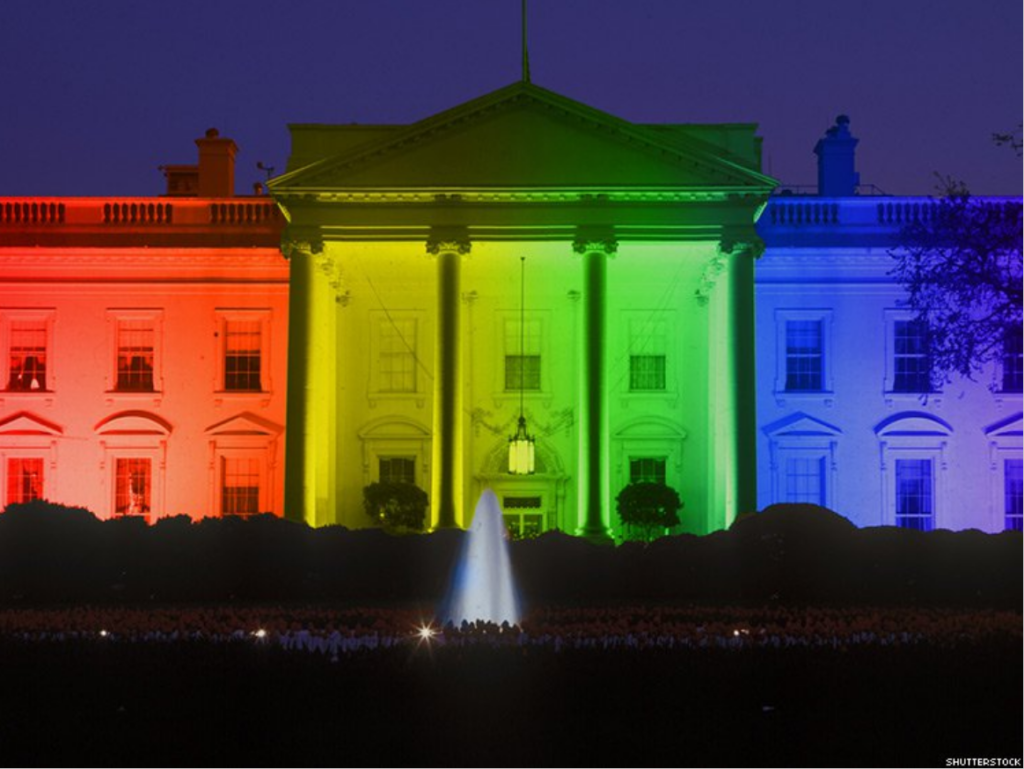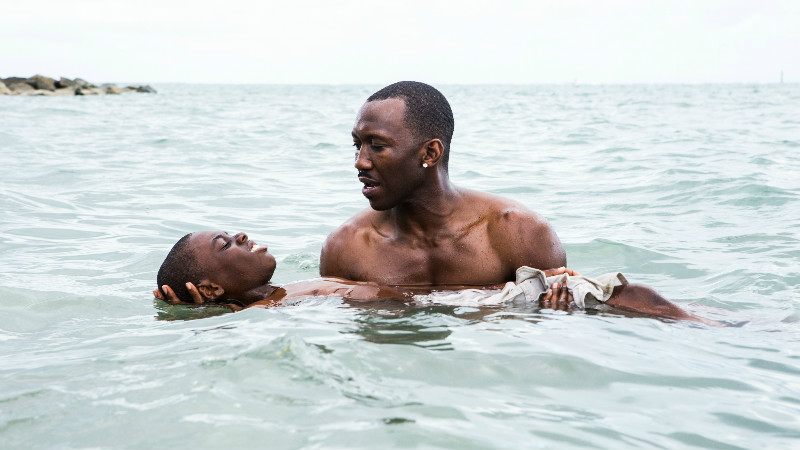Paraiso Adventures specializes in individual and group travel dedicated to mind/body practices, adventures, and cultural immersion. With destinations from Greece to Colombia, they are most certainly a company on the rise. Founder Nina Ornstein – a fellow expat friend of mine who I met when we were both growing up in Baja California, Mexico – is also dedicated to community building and supporting artists and entrepreneurs. So when she asked if I would like to be featured for my work on my upcoming documentary film A Chance for Peace, it was pretty much a no-brainer.
How’d you get your start as a documentary filmmaker?
I traveled. That’s the short answer anyway. I was an art student getting ready to transfer to a new college and I had the time and money to go travel. After taking so many relaxing and luxurious trips throughout Europe, I decided I didn’t want to just take during this trip, I wanted to give. So I decided to volunteer in Africa. Where in Africa, I had no idea! So I found a volunteer organization I liked, applied, and 3 days later I was on the phone with the Shana Greene, the founder of Village Volunteers – a Seattle-based volunteer organization – telling her my life story. It was like catching up with an old friend. Finally, at the end of the conversation she asked me which country I wanted to volunteer in. I said, “Well I just told you everything there is to know about me. You pick.” So I left it to fate and ended up in Kenya volunteering for 2.5 months in 2 different remote villages. I saw so much and learned even more and felt privileged to have been able to have these once-in-a-lifetime experiences – so much so that it became almost a moral imperative that I share them. What started off as blogging turned into video producing, which eventually evolved into documentary filmmaking. Looking back, it was all so fluid. I just had to take that first step.
What was it about Kenya you found so inspiring?
The people. The scenery was of course breathtaking – the sunsets in Nairobi, Lake Nakuru, the Masai Mara – but it was the people. The relationships I built were based on mutual respect and admiration and anchored in a sense of community. Village life appealed to me. It isn’t “every man for himself” or “roll with the punches” – these phrases that I think we created in industrialized nations to justify the pains we go through to define success. Life was much more about happiness, community, and doing the best you can with what you have. It was inspiring to not be in a constant state of want, but rather, in a state of gratitude. The pivotal moment for me becoming a documentary filmmaker was one opportunity I dared to say “yes” to. At the second village I volunteered in I had the great privilege of campaigning with my host father, who just so happened to be running for Member of Parliament for his district. I know. Crazy. But it was another step I just felt I had to take. I walked through the flatlands of Transmara, shook hands, held babies – and really scared the b’Jesus out of other babies because it was their first time ever seeing a white person. All the while I speaking of bold leadership and positive change, but also really listening and observing. The energy around Emmanuel, the MP candidate, was almost Obama-esque. They loved him! And I whole-heartedly supported him. Still do.
You shot your latest documentary, A Chance for Peace, in Kenya. What was it about that story that felt so “imperative”, as you say?
As I put it at the time, I wanted to be “a voice for the voiceless”. The election, some may remember, did not go as planned. There was violence at the polls, corruption, and thousands of people displaced from their homes. Emmanuel himself was attacked in his own home. I remember distinctly texting with him trying to find out if he was safe and he said, “Cant talk. Bullets flying overhead.” I felt so helpless. I turn on the news and it was the same old story the media always panders to people: “Africans are killing each other. So sad. Back to you in the studio”. On CNN, two minutes were spent on the subject while 9 minutes were spent on a 5-person discussion gossiping about Britney Spears’ mental state. It was infuriating! These were my friends, these were people, with stories, people protecting themselves and their families and according to the news outlets they were just “barbaric” and “crazy”. I knew I could do better. And so A Chance for Peace was born! A Chance for Peace is about 4 intersecting stories of unsung heroes taking peace-building into their own hands following Kenya’s post-election violence. It’s not the stories we are used to hearing about Africans and, most importantly, it sparks the conversation on peace – something I think we all as a species need to engage in.
What’s your journey been like in bringing this story to light?
Ha! Crazy? It’s been a challenge, for sure. But ultimately very rewarding. I went to Kenya to document the story of people who had had their homes burnt down, who suffered through violence, and who had to make the most of being displaced and forced into a shitty situation. But it was more than just documenting the story for me. I wanted to know their pain, to understand it, and be the best vessel I could be for the story. And that’s exactly what the Universe gave me! About a week after coming back from Kenya, grateful to be home safe and sound, I woke up in the middle of the night. I thought it was an earthquake, but no. I ran downstairs only to open my front door and find the entire building was on fire. An arsonist came through and set my apartment building on fire. We all made it out safely, but there I sat watching my home burn, barefoot in my underwear clutching onto my computer, hard drive, and a few family photos. I knew right away I was part of the story now, and I remember muttering to myself almost without thinking, “Destruction gives way to creative, destruction gives way to creation.” I had to make the best of being displaced and I had to learn the story firsthand before I could tell it. Now, seven years later, I’m ready. We are finishing up editing and submitting to festivals and holding screenings as soon as possible. The story will be brought to light, as will I. And if CNN ever wants to interview me I’ll be giving them a big thank you!
What’s next?
Right now we are fundraising for the finishing funds for the film. We only have a few thousand left to go, so we can see the light at the end of the tunnel – and it looks glorious! Finishing this film is like sending my baby off to college – I don’t really know what’s next after ACFP, but I know it’s good. This film will continue to inform the rest of my work. Peace, light, and the human condition are my central focuses. We humans need other humans, we don’t need to be so divisive. Too many stories are out there about hate and violence and who’s right and who’s wrong. I don’t want to contribute to that fodder; I want to raise the frequency. I’ve started a street portrait project on Instagram and Facebook called Digital StoryTyler and I’m continuing to find new stories everyday. Once the chapter is closed on A Chance for Peace, I know all I’ll have to do it take that next step. And when I do, I’ll be bringing my community along with me.
Originally posted at ParaisoAventures.com.
Featured image shot by Frank Kraljic.


